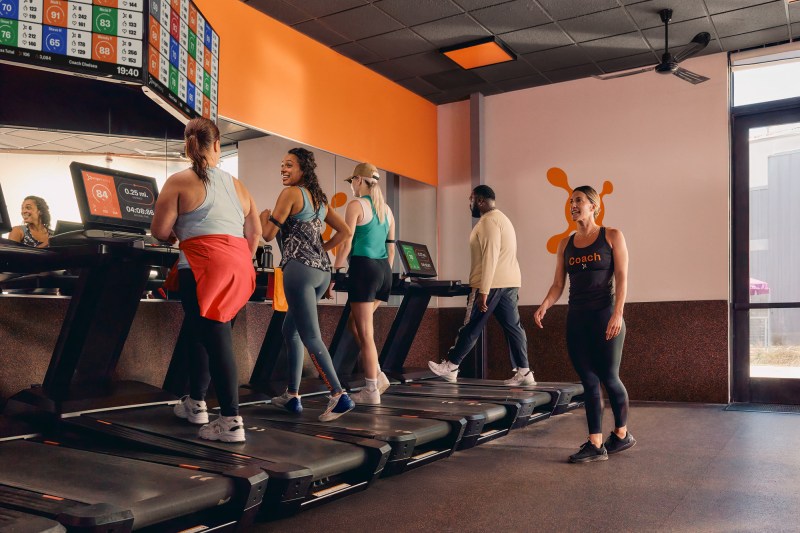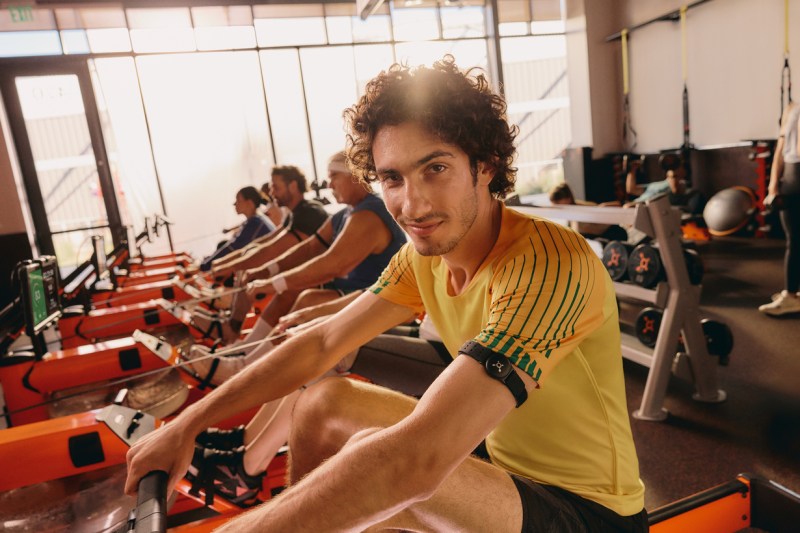July is emerging as the new January fitness, as more people realize that the motivation from January’s New Year’s resolutions didn’t quite last as intended. According to Rachel Vaziralli, Director of Fitness at Orangetheory Fitness, mid-year resets are gaining traction as people take the opportunity to reset their health and wellness goals in the second half of the year. But what makes July a great time to get inspired with a new health and fitness routine? I chatted with Vaziralli to learn more about why mid-year resets can work.
Why mid-year resets can work

“The halfway point in the year creates a natural checkpoint. It offers space to reflect on what’s working, what’s not, and how to adjust in a way that aligns with your goals and current lifestyle. That awareness is essential for making lasting changes,” says Vaziralli. Whether it’s adding an extra class to your fitness routine, prioritizing recovery, or showing up more consistently, Vaziralli says small adjustments can create a ripple effect and help you build momentum.
Rather than waiting for the “perfect” time to start over, the perfect time is now. For example, Orange Theory Fitness is currently running a Push 30 challenge that encourages members to take on accountability challenges, gradually increasing the challenge week over week.
Why July is the new January
“More and more, people are realizing that meaningful behavior change doesn’t have to start on January 1st. It’s less about the date and more about being in tune with what you need—and when you’re ready to act on it,” Vaziralli says. With longer days and more daylight starting in July, many have a break from routines that helps to open up space to reflect and re-engage with the goals for the second half of the year. “It’s not about scrapping everything and starting over—it’s about reconnecting to routines that support your energy, goals, and mindset.”
Combatting a lack of motivation

A recent study on U.S. exercise trends found that more than half of Americans cited lack of motivation (55%) and lack of enjoyment (42%) as their primary reason for skipping workouts. As such, the
“It’s easier to stay consistent when you’re surrounded by a community of people who are showing up, pushing themselves, and reminding you why you started,” says Vaziralli. Coaches help beyond just guiding the workout, showing up to keep guests accountable, connected, and grounded in their goals. Additionally, little features like the buddy feature on the Orangetheory app help support further motivation to help guests regain interest in their workouts mid-year.
“We know that movement supports mental health. It reduces stress, improves mood, and helps regulate energy and focus, but the benefits go even deeper when that movement happens in a community setting. Exercising alongside others creates a sense of connection and shared purpose that’s hard to replicate on your own. That energy and accountability help people feel seen and supported.”



